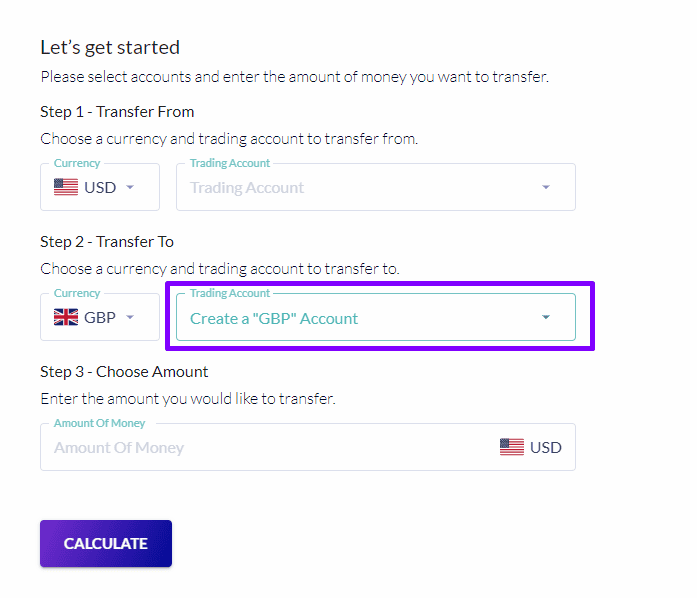Our Inter-Account Transfers are Now 60% Cheaper

Our mission has always been to bring low-cost trading to everyone, everywhere, and our newest upgrade is another way we're fulfilling that promise to you. In this blog post, we'll delve into the improvements we've made to our inter-account transfer infrastructure, and show you how to leverage these new features to optimise your trades.
Reduced Account-to-Account FX Transfer Costs
Part of our upgrade allows you to transfer funds from two different base currency accounts at a rate 60% cheaper than before. Our rates are essentially interbank rates, meaning that these are some of the best rates you'll find available, even from your own bank.
So when you're transferring funds from your USD account to your EUR account, you're getting close to the rate that banks will give when they trade with each other.
Seamless Transfers Between Trading Accounts
Transferring funds between your trading accounts is now a breeze. Access the convenient "Payments" tab within your Client Hub and click on "Transfer."
Effortlessly swap between accounts or create new ones to streamline your trading strategy and manage your funds with ease.

Creating New Base Currency Accounts Made Simple
In addition to far superior exchange rates, you can also create new base currency accounts with a simple click.
To create a new account, all you need to do is select a currency in which you currently do not have a trading account.
Click on "Create an Account," set up your password and trading conditions, and you're ready to go.

Instant Transfers for Immediate Trading
Recognising the importance of time in the fast-paced world of trading, we've ensured that transfers between your accounts are now instant. With prompt processing, you can create a new account, transfer funds, and dive into trading within a minute. Embrace agility and seize opportunities swiftly.
Have More Questions?
If you require further information or have any additional questions, do not hesitate to reach out to our support team - we're available 24/7. We're here to provide guidance and support, ensuring your trading success.
Happy trading!
We’ll never share your email with third-parties. Opt-out anytime.